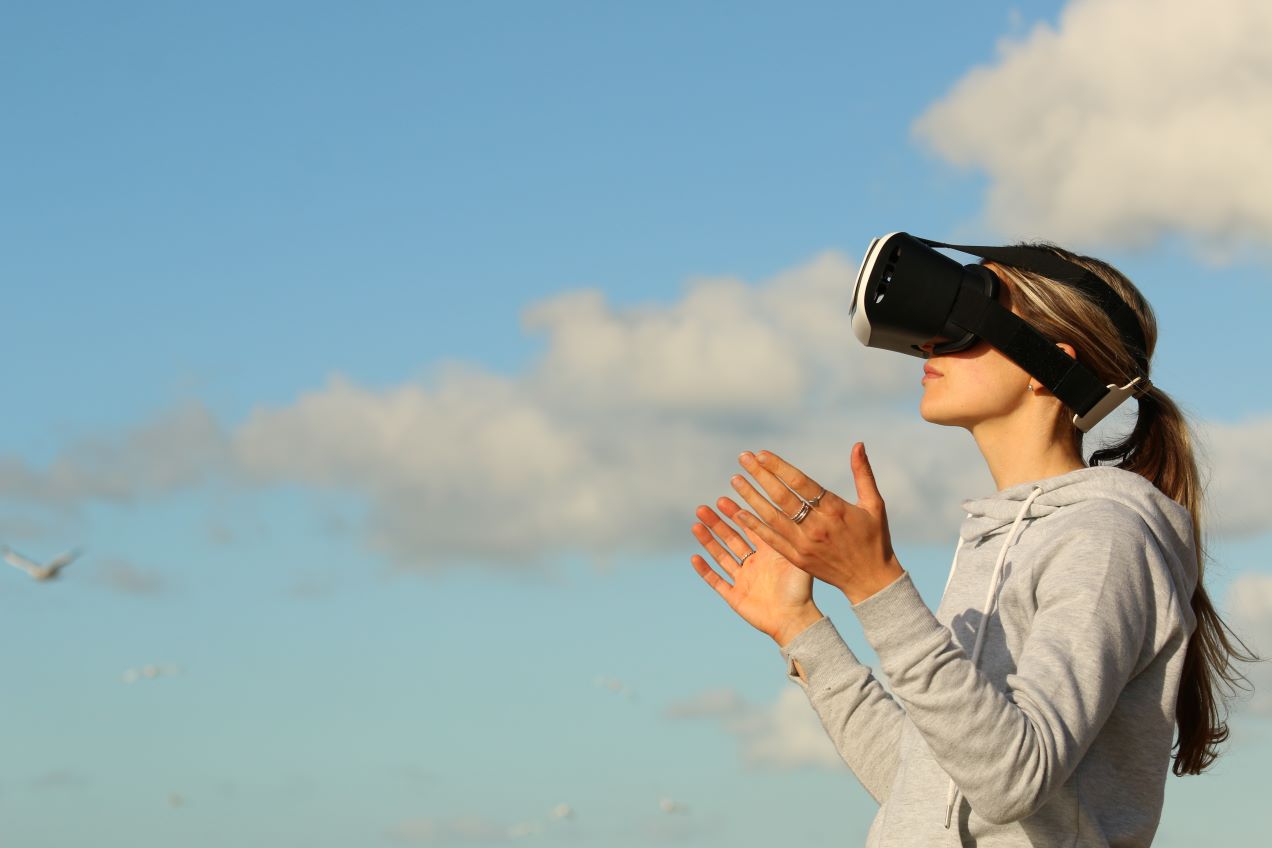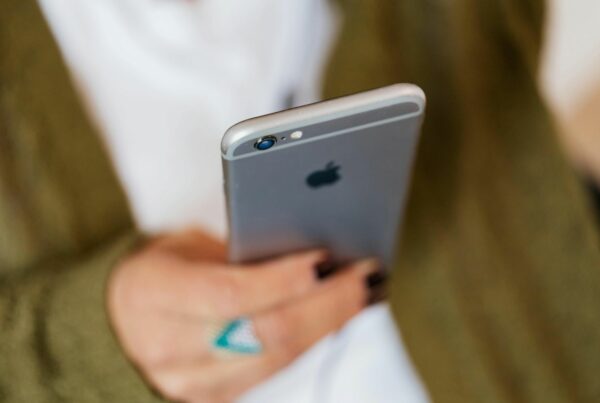Retail: 3 good reasons to bank on virtual reality
While retail outlets have lost ground with the boom in e-commerce and the ramping up of m-commerce, new technologies like virtual reality have trump cards to offer to a retail sector undergoing profound change.
Among these, virtual reality, which 70 to 80% of customers expect to improve the in-store shopping experience[1], is awaited with eagerness. From the brands’ point of view, this technology is pivotal to immerse customers in interactive, engaging user journeys, and thus encourage their loyalty.
#1 Improve customer satisfaction
L’Oréal pioneered augmented reality applied to marketing back in 2010-2012, developing applications that enabled users to test lipsticks and hair colors on their phone. The idea was simple: to let them test the product virtually… to make them want to buy it.
Uniqlo, Gap and Topshop have now made similar moves and gone phygital. By bringing virtual reality into the store, these brands let customers try on outfits without undressing, using special high-tech mirrors. VR not only speeds up sales, but also reduces product returns. Customers are happy both with their shopping experience and with their purchases, which really meet their expectations.
#2 An immersive brand experience
Virtual reality is the ideal immersive technology to convey users into the world of the brand via unique experiences.
Such is the pragmatic choice made by Decathlon, with its virtual reality showroom where customers can test the 18 different tents in the Quechua range. VR improved the shopping journey while saving Decathlon the 600 sq. m. needed to present the products.
https://www.youtube.com/watch?v=IupPYd1HRfU
Other brands, like IKEA or Renault, take it to the next level by offering their customers a creative experience. While the Swedish giant uses virtual reality to let customers visualize their rooms furnished and decorated with the store’s products, Renault designed a bolder campaign to launch its latest Koleos model. On a flight, Renault offered 3 passengers VR headsets, presenting an experience close to their reality, with an incredible drive in a Koleos at the end. And after the plane landed, the film was reenacted in reality down to the details, with an actual test drive when the passengers walked out of the airport. As a result, the users were amazed, completely on board with the product experience, and naturally convinced by the brand’s messages.
#3 Build customer loyalty
By offering entertainment, creativity and engagement, gamification is gradually earning a key role in retail as part of its phygital transformation. By enabling immersion into the brand experience, gamification piques our cognitive leanings and taps into gaming addiction to win users over. The gamification lever becomes all the more powerful when coupled with virtual reality, the ultra-immersive technology that since 2017 has been marketing’s new frontier.
This is what Diesel banked on to launch one of its perfumes. To back up its claim «Only the brave», the brand devised the #ExperienceTheHigh campaign. As in a video game, players can leap into the void and catch perfume bottles while they fall. This gives them a very special experience in the world of Diesel, leaving them with an unforgettable memory, which is the foundation of loyalty.
Disrupted by new technologies that have threatened to steal the show, retail is now taking a phygital turn, which is crucial for its future. Combining the unique online experience that has been the prerogative of digital with the close contact and advice offered by stores, the retail sector is gradually embracing new technologies, turning them into assets that can serve its purpose. Until perhaps this leads to the advent of v-commerce…
[1] Based on a L.E.K. Consulting survey









